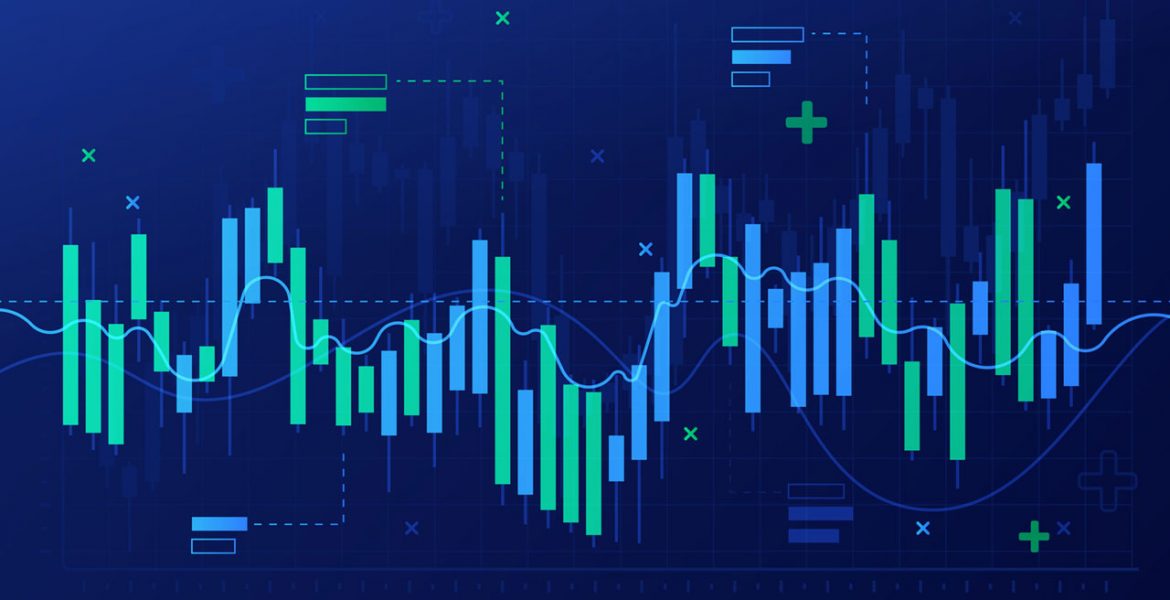We’re living in an age where digital transformation is a top goal for global enterprises, and data is recognized as the key to achieving it. There is no asset deemed more valuable than data (other than people, of course).
To this end, enterprises have made multi-billion dollar investments in data, and data infrastructure. They’ve bought massive data lakes to house this data, along with machine-learning data catalogs to help them locate specific data. They’ve hired teams of PhD-holding data scientists and armed them with multi-purpose data science platforms that offer a suite of data science models, such as clustering, linear regression and many others, right out of the box.
Despite these impressive commitments and investments, most people and departments within the enterprise don’t benefit from data science. Marketers, in particular, feel left out in the cold, unable to achieve truly data-driven marketing for a reason that is arguably beyond their control: the data science team on whom they depend is buried under an avalanche of requests. So even though the enterprise has the technical capability to help marketers understand their customers and prospects in real time, the reality is that the insights they need often arrive too late.
This is what global enterprises are struggling with: how do they democratize data science so that everyone in marketing, and throughout the organization, can put it to use? Let’s breakdown this ask.
What enterprises are really asking is: how can we make AI and machine learning repeatable so that the average marketer can use it reliably in pursuit of their customer acquisition and customer nurturing goals? In data science terms, what enterprises want is to allow more people within their organizations to query the data, extract insights, and overlay data visualization so that the data tells them stories. In other words, enterprises see a strategic value in putting data science models into the hands of their end users so they can answer their own questions.
To data science teams, nothing sounds scarier. They know better than anyone else that when it comes to AI, machine learning and data models, there’s as much art as there is science involved. It’s not just a mechanical task, it’s an intuitive one as well. They must curate the data and assess if it is capable of answering the marketing question at hand. They must select the best appropriate algorithm for the task at hand and monitor it carefully and continuously to ensure it’s not cementing in unknown biases that can lead to missed goals and brand embarrassments.
I’m a data scientist too, so I’m well are of these challenges. They are real. But so is the need for enterprises to get more insights into the hands of their employees. So how do we cross that divide?
One way to address this bottleneck is to give end users access to these multi-purpose data science toolboxes, but that isn’t wise. At the end of the data, these tools are meant for data scientists, and it’s just not feasible to turn every end user into an expert.
Another option is to enable end users to do 80% of what they need to accomplish, and let the data science team concentrate on the remaining 20% of the data work for the enterprise. This is a road that enterprises have traveled down many times before. Those of us who are old enough may remember that when Lotus 1-2-3 and then Excel were in their infancy, spreadsheets were considered too technical for the average employee to use. After all the application was all about manipulating data, which was best left to those trained in this kind of thing. But as it turned out, most end users figured out how to use them, and got a lot of value out of spreadsheets.
So how do we get to that point, where marketers can accomplish 80% of their data science needs without pestering the data science team? The first step is to realize that the vast majority of the marketer’s needs concern audience segmentation, meaning 80% of their data requests involve identifying an audience and understanding their behavior. Essentially, it’s just one data model used over and over. In the light, the task of democratizing data science is far less daunting that it may seem.
Though democratization will take some effort on the part of the data science team to create and test the initial model, the payoff will be enormous. Marketers will have the ability to generate and act on customer insights in real time in a wide range of marketing scenarios. Just as important, the data science team will be freed up to focus on the tougher challenges, which they no doubt find more interesting anyway.

